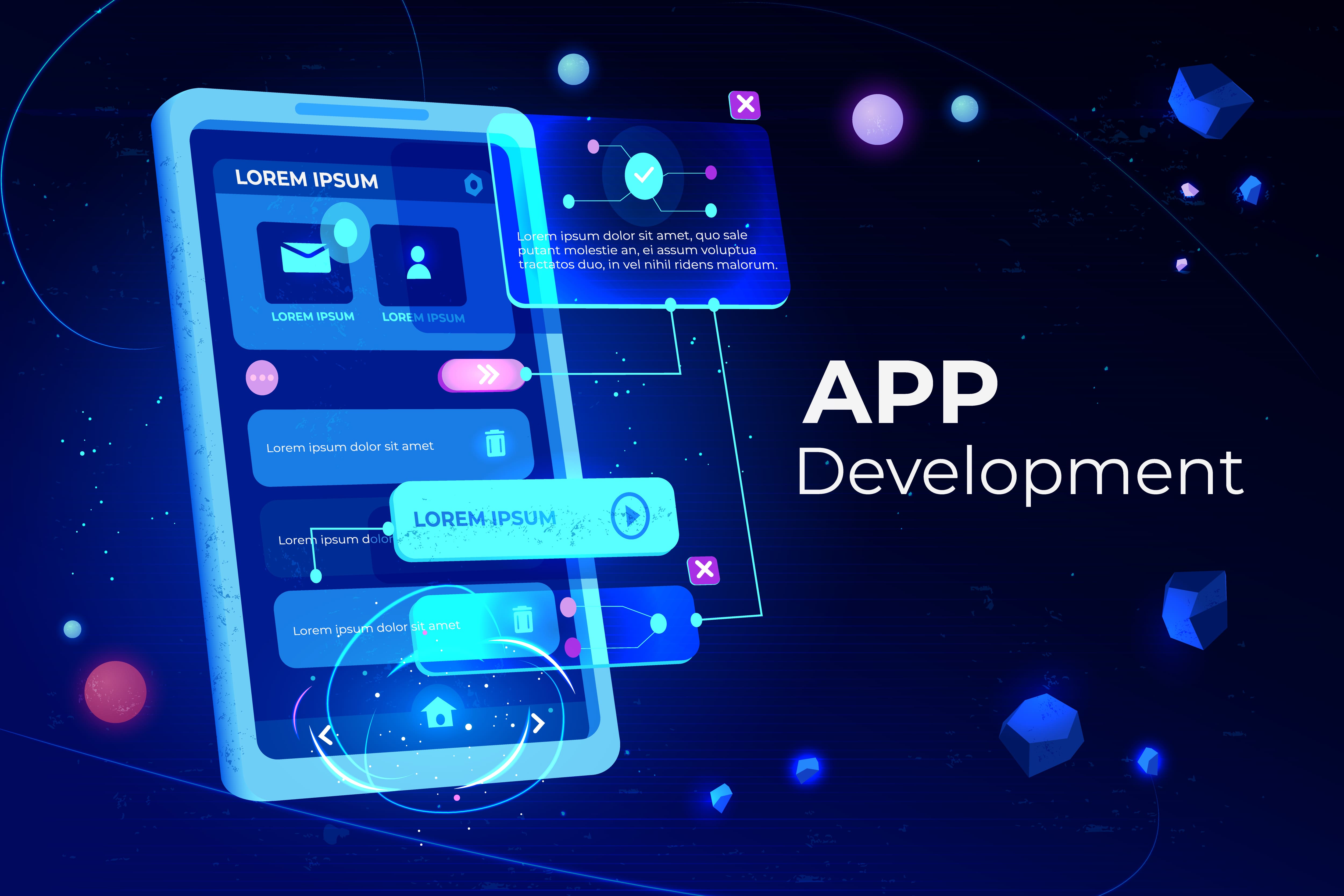- August 25, 2021 6:09 am
- by Deepthy
- August 25, 2021 6:09 am
- by Deepthy

Choosing an efficient Mobile App development framework among the hundreds of frameworks that are available today can be a mundane task for any product owners. Nowadays, most enterprises prefer cross-platform frameworks that give them the advantage of developing mobile apps that can function on different platforms. However, depending on the wanted end-product, audience, timeline, and resources, they may opt to go native. There are many development frameworks open in the market of which Xamarin and Ionic are the most popular ones. Both are compelling & practical frameworks to develop interactive & intuitive mobile apps. However, here is the quick evaluation of those frameworks in terms of code reusability, user experience, performance, language stack, etc. We make it easy for you to choose one for your upcoming mobile app development needs.
Moreover, here is the comprehensive analysis of both the cross-platform apps compared to code reusability, performance, user experience, application size, and other features for your reference.
One of the most challenging responsibilities while creating a cross-platform app is to reuse the code. At the same time, It is likewise the most effective advantage because once developers form a single code base, they can utilize it on various platforms. With Xamarin, maintaining a single code base for multiple OS is tricky and thus the developer needs to make changes in the source file. Due to this reason constant app updates are necessary. Whereas, developers who work on Ionic on the other hand find it difficult to maintain the code as they have to rewrite the code several times. Above all, backward compatibility breaks most of the time, leading to a frustrating experience for the developer.
While developing an app, performance is critically vital as it circumscribes the usability of the app. Xamarin is known to deliver almost native apps like performance and because of that, it is one of the most explored cross-platform technologies that is available today. Whereas Ionic uses pre-existing plugins to speed up the performance. Furthermore, the framework has an interactive time that is fewer than 1.8 seconds. Even if Ionic is a non-native platform, it too outshines performance.
User experience is another most significant feature of an application because it enables the user to engage with the app and increases satisfaction. For every developer, a seamless user experience is somewhat like an ambition while developing the application. Xamarin expedites the way for you to take advantage of the standard interface factors by presenting a component library to reuse code. Besides, you can create distinct platform-specific UIs which assist users to provide a more satisfying experience. When considering Ionic, we know that it gives a native app-like experience as it draws any new version’s practice to the app store. Additionally, a user does not require to download an app apk from time to time for the newest updates.
As far as language is involved, Xamarin applies C# with the .Net framework to build mobile apps. The same is followed with all of the platforms like iOS, Android, and Windows. Hence one can reuse 90% of the code beyond the platforms. However, Ionic employs JavaScript, HTML, and CSS for developing the app and promotes the way for developers to swiftly transcribe the language.
For Xamarin, the community is huge, including 1.4 million developers spread all over the world in 120 nations. You can connect with them by managing platforms like Xamarin Blog, Reddit, Stack Overflow, Xamarin Q&A, etc. But with Ionic, as it was launched in 2013, the community has only so far surpassed five million developers. It’s a huge number to explain the prevalence and interest of the application as well. Platforms through which you can connect with them are Github, Reddit, Glitter, or Stack Overflow.
Xamarin leads to a size increase because it adds 5 megabytes for releases and 20 megabytes for debug builds. The application’s size may be larger than the native app platform. However, it does not necessarily need to be the same in every case. Because it is interrelated to the kind of app that the developer is operating on. However, when we consider Ionic we should assume that we are developing an app using javascript, HTML, and CSS. Due to which you need to write lots of code with various plugins and dependencies. Again here it is leading to a larger one than the native app. However, the problem was nearly fixed as the Ionic version 4 came into effect.
If you are well versed in C# and .net framework and not much bothered about application size. Besides, if you want to get maximum access to native APIs like Bluetooth, SDKs in your application, we advise you to hire Xamarin developers in India. On the other hand, if you are familiar with web-based technology and want to experience a new idea or are going to launch a new startup, then you can go with Ionic.
However, the decision for the best framework conclusively depends on an enterprise as all the frameworks have their own pros and cons. But if you intend for an app with a more comprehensive user experience and great quality, then the Xamarin development framework can be your optimal choice. On the other hand, if you require an app with fewer development expenses and time involved, then you can go for the Ionic framework.
As a demonstrated success story, we can check how a leading offshore software development company in India optimizes its field-mobility operations in real-time with Mobile apps developed using the Xamarin development framework. Hire Xamarin developers in India to strategically manage your mobile app development and quickly ingress into the app market.
Guaranteed Response within One Business Day!

How Much Does It Cost to Design an App?

Angular Best Practices For Web Applications

How to Set Up a Development Environment in React.JS?

What are the 6 Models Used In SDLC?

Why React Front-End Development is the Best